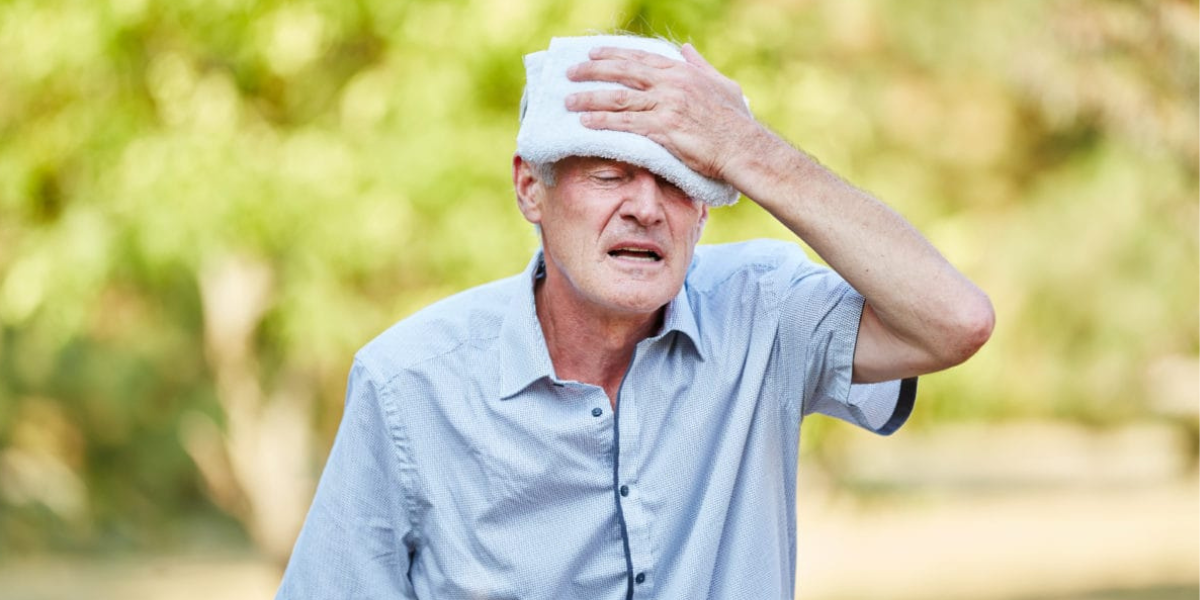People in low-temperature countries wait the whole year for some sunshine, and when it does, it can be a pain.
No matter how old, young, or healthy you are, it’s crucial to watch out for heatstroke symptoms, which happen when you become overheated as a result of too much sun exposure.
It becomes most serious when your body reaches between 38-40°C (104 Fahrenheit) and there are several symptoms to look out for.
There are many signs of heatstroke to look out for, including the following:
- Headache
- Dizziness and confusion
- Loss of appetite and feeling sick
- Excessive sweating and pale, clammy skin
- Lack of sweating despite the heat
- Cramps in the arms, legs, and stomach
- Fast breathing or pulse
- Intense thirst
To avoid this, it is advised to drink plenty of cold liquids, particularly when exercising. Even though carbonated drinks and cocktails are delectable, water is the best way to stay hydrated.
The hottest time of day is midday, so avoid the sun between 11 a.m. and 3 p.m.
When you begin to feel overheated, take cool baths and showers to bring your body temperature down.
Light-coloured cotton or linen clothing is recommended because it is breathable and won’t trap heat on your body.
Working out in hot weather, in high humidity, or while taking certain medications such as diuretics, beta-blockers, or alcohol can all be risk factors.
Heatstroke can also be exacerbated by heart disease and skin disorders.
First Aid for Heat Stroke:
- If you suspect someone is suffering from heat exhaustion or heatstroke, get them to a cool place right away.
- Give them plenty of fluids, preferably water, but sports or rehydration drinks are also acceptable.
- Get them to lie down and slightly raise their feet.
- Cool their skin by sponging or spraying it with cool water and using a fan. Cold packs around the armpits or neck are also beneficial.
Although hydration can help prevent heatstroke, it is considered an illness that requires immediate medical attention and is often not curable with water alone. It is critical to act quickly to prevent heatstroke from progressing into a potentially fatal medical emergency.

